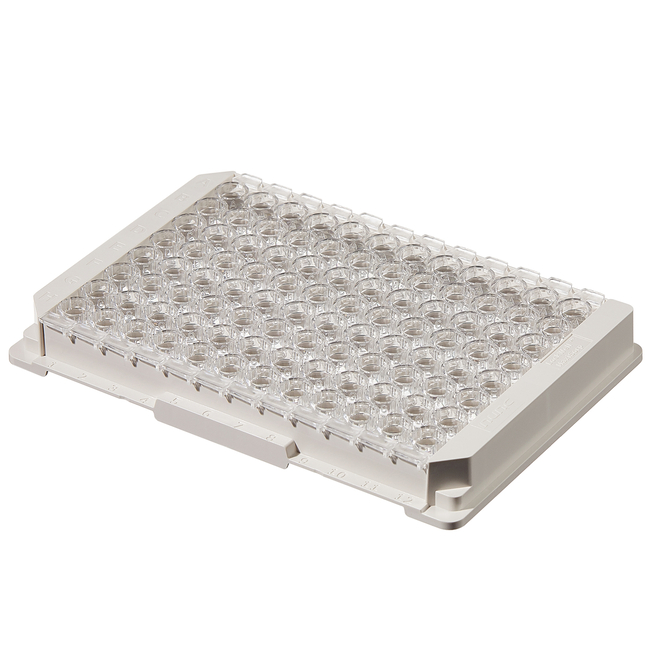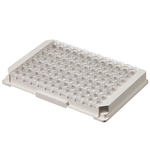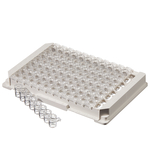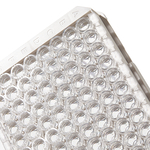Search Thermo Fisher Scientific
Plates and Modules with Affinity Binding Surfaces
Help reduce variability in molecular orientation with these plates and modules with affinity binding surfaces.
| Catalog Number | Color | Product Type | Surface Treatment | Total Volume (Metric) Well |
|---|---|---|---|---|
| 436022 | Clear | Lock-Well Module C8 (x12) in Frame | Streptavidin | 350 μL |
| 436014 | Clear | Microplate | Streptavidin | 400 μL |
Catalog number 436022
Price (SGD)
1,262.00
CS
Color:
Clear
Product Type:
Lock-Well Module C8 (x12) in Frame
Surface Treatment:
Streptavidin
Total Volume (Metric) Well:
350 μL
Price (SGD)
1,262.00
CS
Help reduce variability in molecular orientation with Thermo Scientific™ Plates and Modules with Affinity Binding Surfaces.
Affinity Capture Surfaces (Passive Streptavidin and Immobilizer Streptavidin, Nickel Chelate and Glutathione, BioBind):
- Highly specific binding surfaces reduce variability in molecular orientation.
- Immobilizer surfaces improve signal to noise ratios.
- Streptavidin biotin interaction can be exploited to immobilize a wide range of biomolecules.
Specifications
FormatStandard
LidWithout Lid
Detection MethodColorimetric
Array8 x 12
PackagingIndividually Wrapped
Binding TypeAffinity
ColorClear
Product TypeLock-Well Module C8 (x12) in Frame
MaterialPolystyrene
Volume (Metric) Well350 μL
No. of Wells96
Volume (Metric) Working100 μL
SterilityNon-sterile
Surface TreatmentStreptavidin
Total Volume (Metric) Well350 μL
Well ShapeRound, Flat Bottom (F-well)
No. per Case15
No. per Pack1
Plate BlockingUnspecified
Quantity15/Cs.
Target MoleculeBiotinylated
Unit SizeCS




